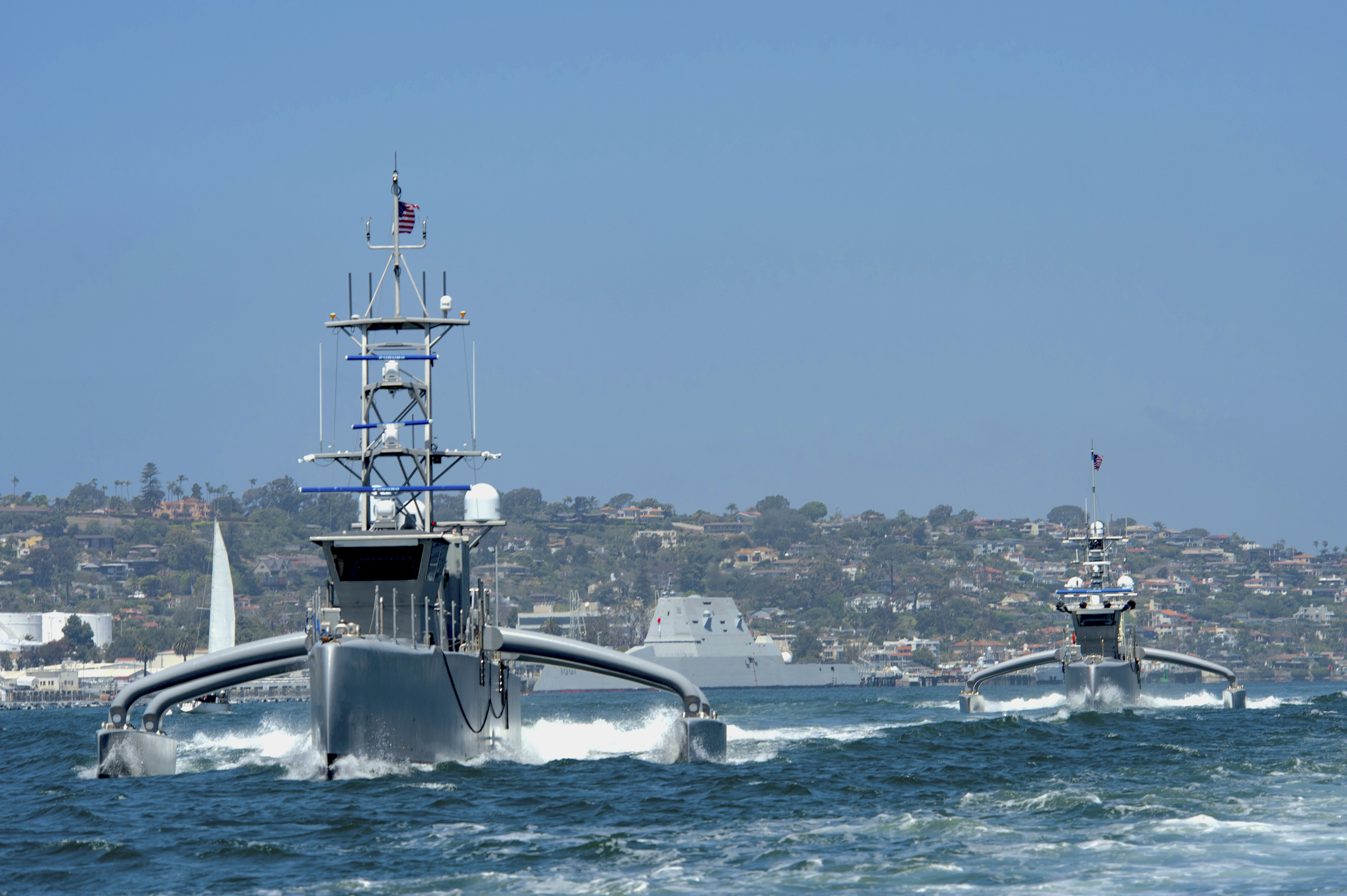
WASHINGTON, D.C. – As China expands its operations across the Pacific, the U.S. is urging countries in the region to expand their maritime awareness through new technology like unmanned systems, the Pentagon’s assistant secretary of defense for Indo-Pacific security affairs said Tuesday.
“We have been, in a number of our engagements – whether it’s with partners in the South China Sea, with India, with other high-end partners – we have been talking with them about opportunities we see for them to integrate some of these low-cost unmanned systems into their militaries, particularly for maritime domain awareness and to help them police their littoral areas, which is an area coming back to some of the concerns about China’s coercive behavior, an area where the [People’s Republic of China] has been very active,” Ely Ratner told reporters at a breakfast hosted by the Defense Writers Group.
“It’s a huge benefit for these allied partners to have greater awareness around what’s happening in their area and these kinds of unmanned systems are critical to that, including sub-surface,” he added.
This was a topic of discussion for White House deputy national security advisor Jonathan Finer on a recent trip to India, Ratner noted. The effort is “high on the agenda” as the administration speaks with allies and partners on ways to expands their options for operating in the Indo-Pacific.
U.S. military operators in the region are asking for new technology, like lethal drones, so the fleet can quickly fill gaps in capabilities, amid concerns over China’s potential invasion of Taiwan.
Speaking Tuesday, Ratner acknowledged that this push is filtering into conversations at the policy level between the U.S. and other countries in the Indo-Pacific.
He pointed to the Biden administration’s January 2023 announcement with India about the initiative on Critical and Emerging Technology, known as iCET. The technology collaboration between the two countries touches space, telecommunications, the semiconductor supply chain and science, technology, engineering and math. There’s a similar effort with Singapore and Ratner noted each partnership includes work in the defense space.
The Defense Innovation Unit is playing an “active role” in evaluating how commercial tech can feed into these partnerships.
In conversations with southeast Asian nations, Ratner said the Biden administration is focused on building out these countries’ maritime domain awareness. There are MDA centers throughout southeast Asia, including in Singapore, he said.
The U.S. is pursuing this capability with other countries in the region on a bilateral basis, but also through the Quad, the informal alliance between the U.S., India, Australia and Japan.
“One of the major initiatives that came out of one of the president’s Quad summits over the last year has been the launching of the Indo-Pacific maritime domain awareness initiative, through which the Quad partners are working together to provide partners throughout south Asia, southeast Asia and the Pacific Islands with high-grade commercial satellite imagery that allows them to have much more visibility into their littorals,” Ratner said.
“And that program continues to develop and be rolled out, but I think it’s exactly the kind of thing we need to be doing with our allies and partners, including in coordination with our smoothest Asian partners.”





